Reading Time: 5 minutes In recent years, the debt collections industry has undergone a remarkable transformation. At the heart of this change are…
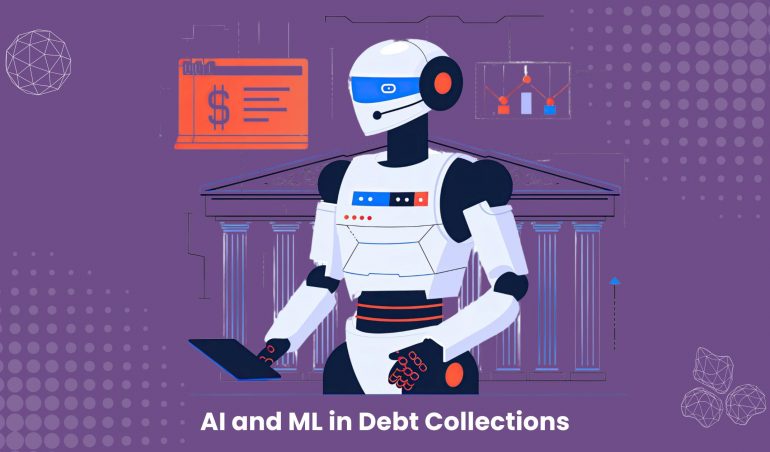

Reading Time: 5 minutes In recent years, the debt collections industry has undergone a remarkable transformation. At the heart of this change are…
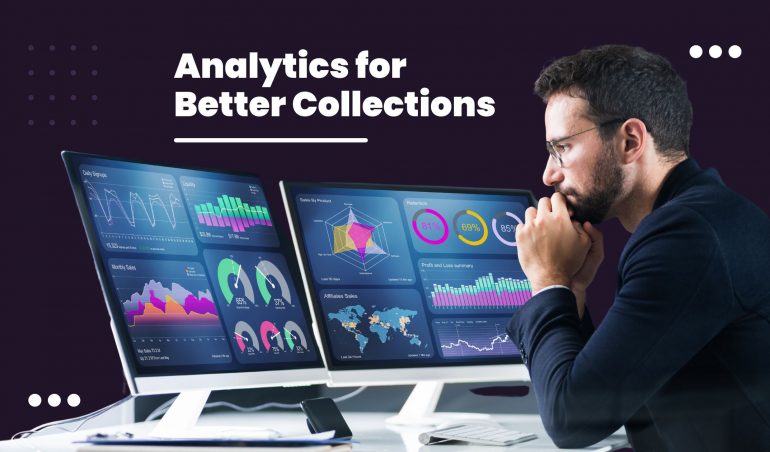
Reading Time: 5 minutes With a higher focus on profitability, improving debt collections performance has become a priority for banks, non-banking financial companies…

Reading Time: 6 minutes Credit card debt is widely used by millions of people globally to manage their short term finance needs for…
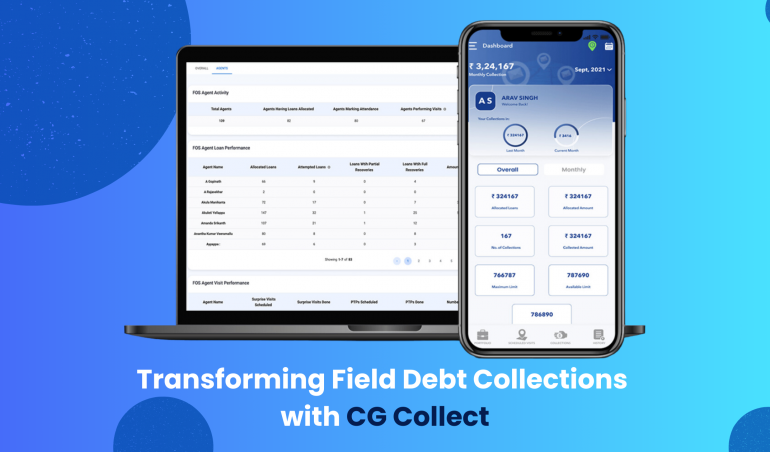
Reading Time: 10 minutes Field debt collections have long been a labour-intensive, time-consuming, and cost-inefficient process. Collectors often struggle with managing allocations, handling…

Reading Time: 6 minutes Debt collections have long been a necessary but often challenging process. Traditionally, lenders have relied on phone calls, emails,…

Reading Time: 5 minutes Personal finance has undergone a major shift and expanded exponentially. This growth has been fueled by the country’s vast…
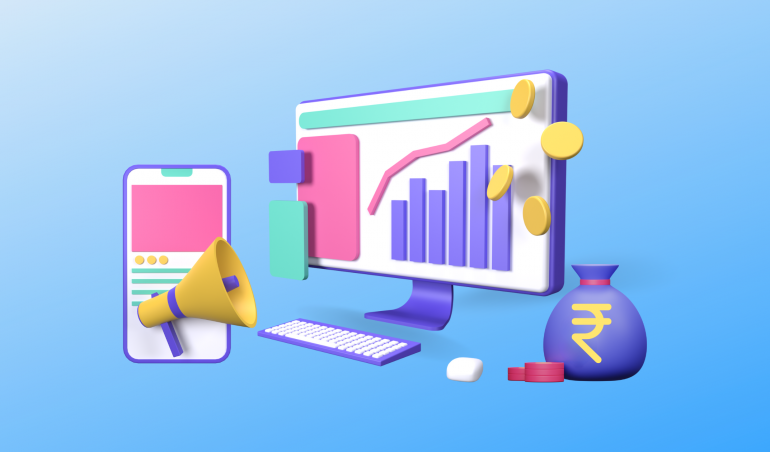
Reading Time: 4 minutes With rising consumer debt levels, increasing pressure on profitability and heightened competition, banks and other non-banking finance companies need…
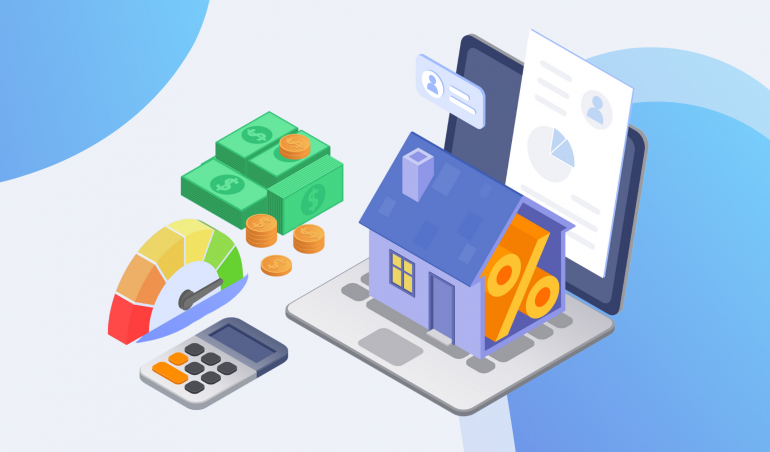
Reading Time: 5 minutes Understanding loan delinquency is crucial in today’s dynamic financial services ecosystem as loans play a vital role in most…

Reading Time: 6 minutes In today’s rapidly evolving digital services landscape, delivering exceptional customer experiences (CX) has become a critical success factor for…